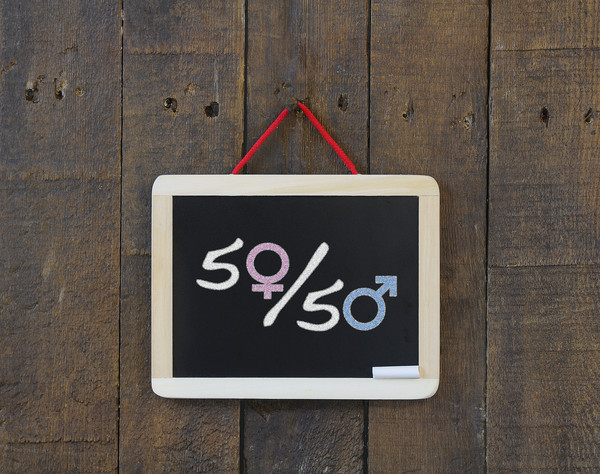
Research shows that women are highly underrepresented in most extractive industries. In oil, gas, and mining sectors they remain underrepresented virtually at all levels, yet the imbalance is the most striking at senior ones.
The above observation notwithstanding, there is a great potential to draw upon the increasing number of women with the requisite qualifications, resulting from the fact that ever more women graduate with an engineering and other technical degrees. As the sectors in question are increasingly mechanized and thus less reliant on heavy manual labor, the traditional arguments for giving a preference to male employees, which are based on a stereotypical reasoning, are becoming clearly obsolete.
Shifting the status quo and changing the biases deeply embedded in people's minds requires identifying the parties responsible for making the change, as well as developing effective strategies for doing so.
The first step to providing women with equal opportunities in extractive industries is to ensure that discriminatory laws and sex-based protective legislation are repealed.
Under the international law, the Governments are responsible for shifting traditional gender norms and eradicating harmful cultural practices that interfere with a woman’s right to work. Companies operating in extractive industries are also subject to various international norms requiring equal opportunity and workforce diversity.
At the request of the UNECE Group of Experts on Coal Mining Methane, The Advocates for Human Rights undertook research to investigate female inclusion in traditionally male-dominated, extractive sectors, and produced a REPORT that sets forth its findings in four sections:
- benefits of women’s participation in the targeted industries,
- government obligations to address legal and social barriers,
- corporate roles and responsibilities, and
- considerations for women in the broader and surrounding communities.
The report starts with presenting the benefits of having a diverse workforce. In its second part, it examines the international legal obligations requiring the governments to ensure equal employment opportunities for women. Then the document turns to discuss international norms and best practices that oblige companies to include women in their activities, treat them fairly, and provide with the necessary support. Finally, it identifies challenges faced by the communities living nearby, or reliant on the extractive sites, giving particular focus to the impact the the latter have on situation of women. After discussing all the above-mentioned matters, the report concludes with a comprehensive set of recommendations.



